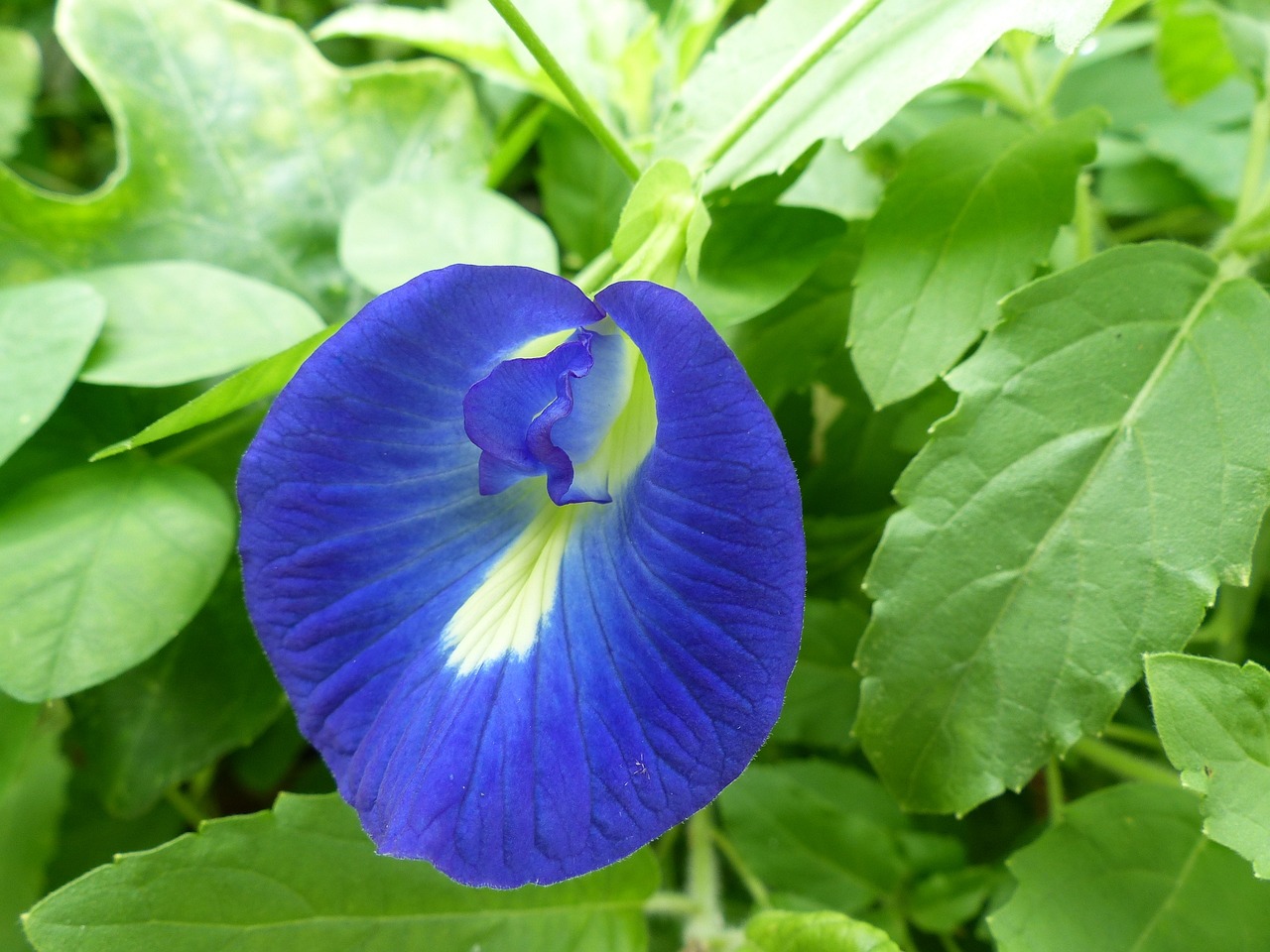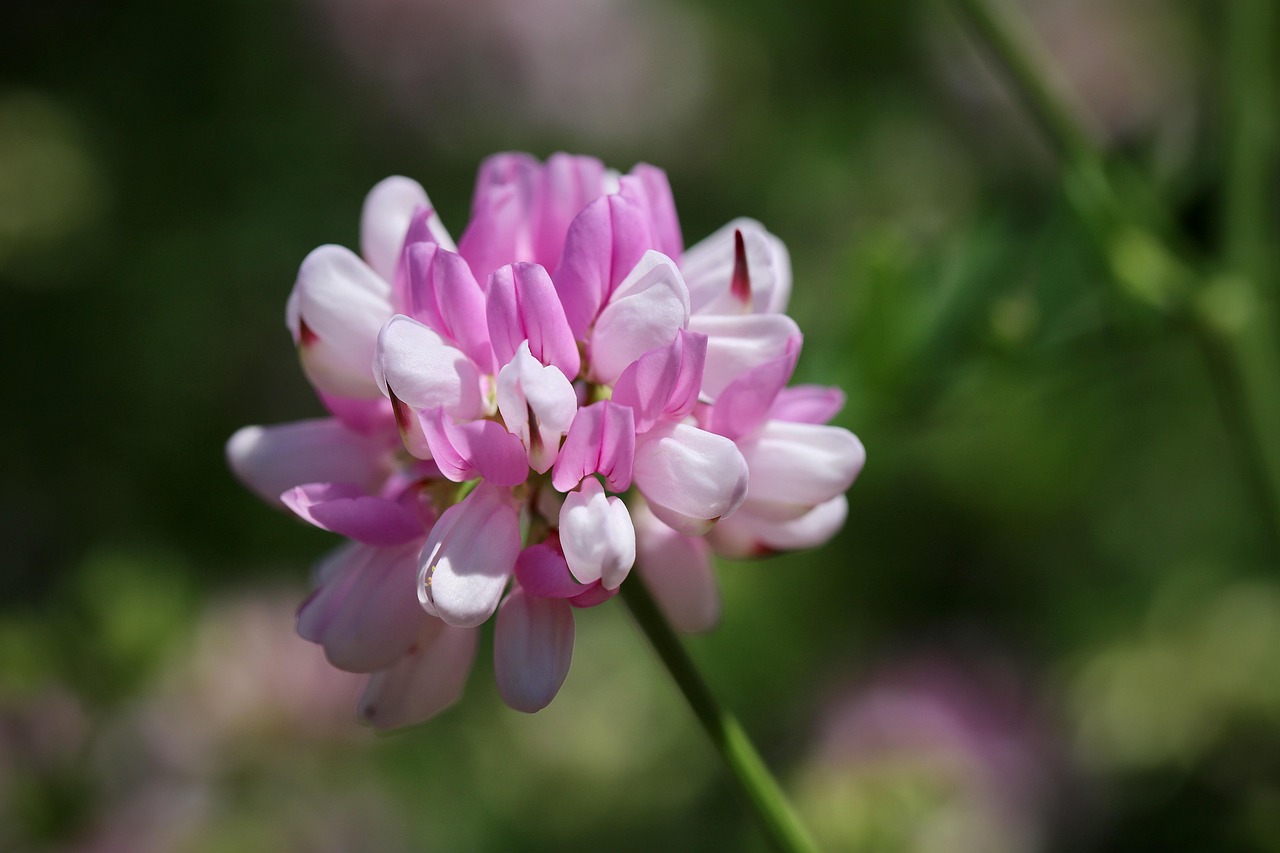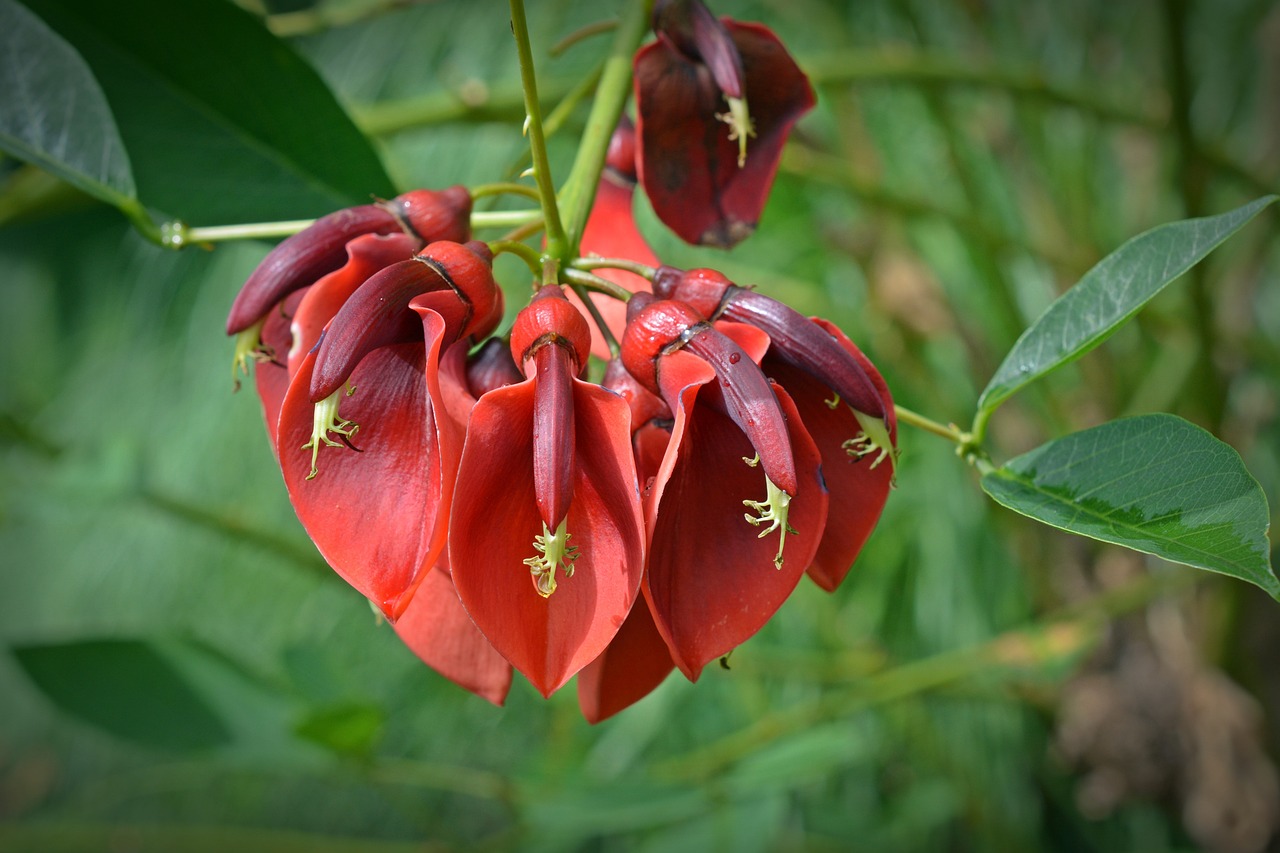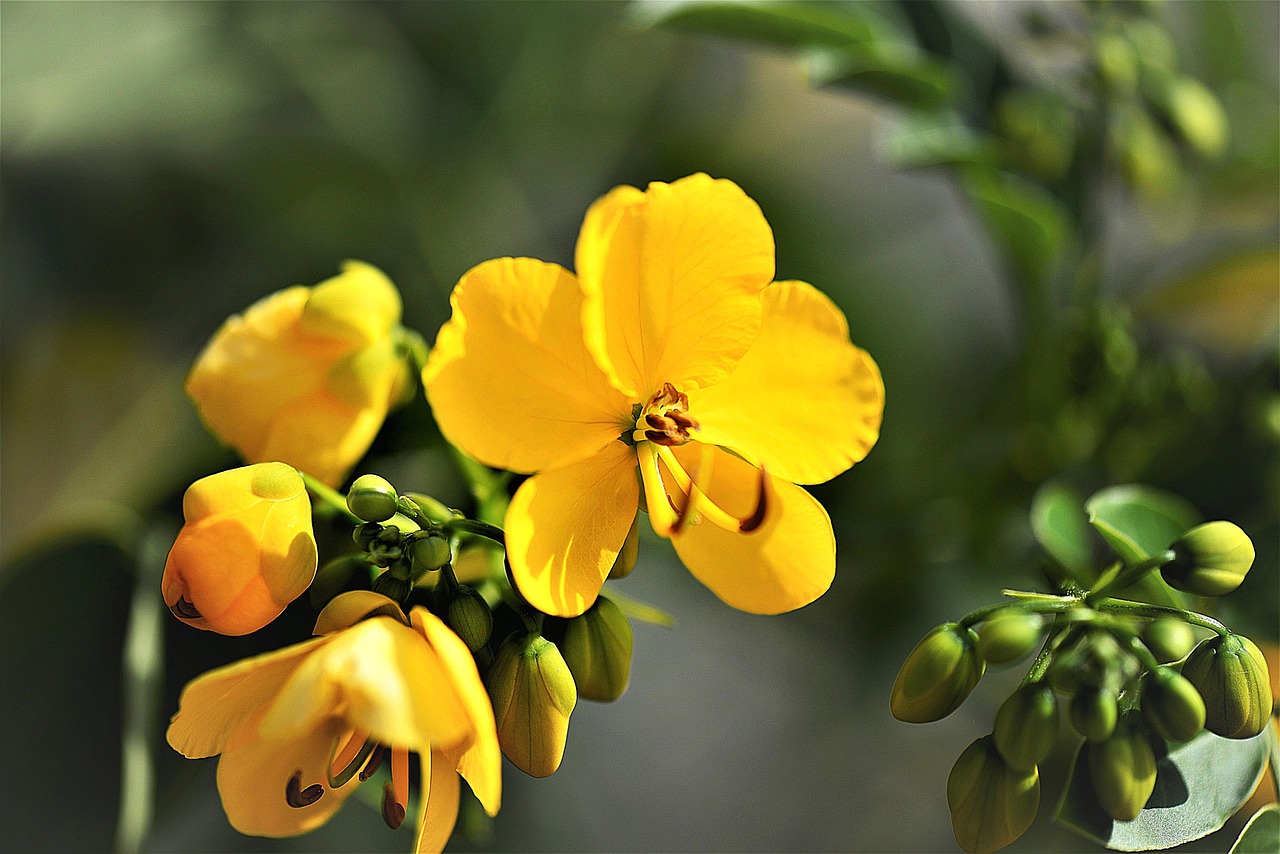Sendaihagi | A Japanese Yellow Flower Heralding Early Summer in the Tohoku Mountains
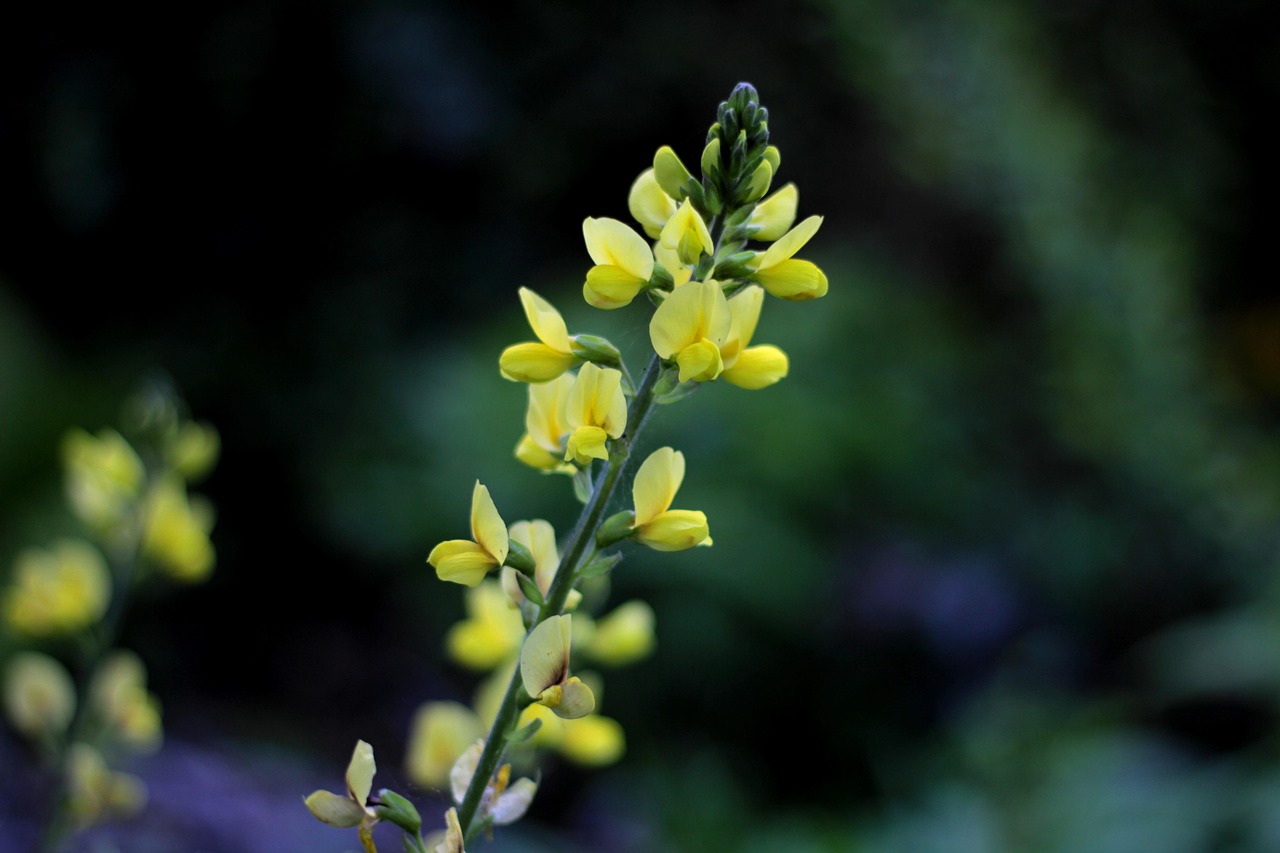
I introduce Sendaihagi, a perennial plant with bright yellow flowers and pinnate leaves, widely distributed across East Asia, including Japan.
Its graceful yet striking appearance makes it suitable for both Japanese and Western-style gardens.
In this article, I will provide detailed information about Sendaihagi, including its basic characteristics, cultural and historical background, and practical gardening tips.
Basic Information
- Scientific name: Thermopsis lupinoides
- Family: Fabaceae (Legume family)
- Origin: East Asia (Japan, China, Russian Far East)
- Appearance: Grows to about 60–90 cm in height. Bright yellow flowers bloom in racemes on slender stems. The leaves are pinnate with a slightly thick texture.
- Flowering season: May–June
Cultural Characteristics Worldwide
In Japan, Sendaihagi has long been used in gardens and temple landscapes. Its modest elegance harmonizes well with traditional Japanese gardens.
It is often valued as a seasonal highlight of early summer, and in places such as Kyoto and Nara, it contributes to the landscape together with other perennial plants.
In contrast, in China and Russia, its use as an ornamental plant spread relatively recently. In some regions of China, its vivid yellow blossoms have been adopted as decorations for traditional spring festivals.
In the Russian Far East, Sendaihagi often grows wild in nature reserves, forming part of the local ecosystem.
Historical Episodes
In Japan, records of Sendaihagi cultivation date back to the Edo period. It is known as a native species from central Honshu to the Tohoku region. Its name is said to be derived from the city of Sendai in northeastern Japan.
With the development of gardening culture, it spread nationwide as a garden plant after the Meiji period.
In the late Meiji era, Sendaihagi was introduced to Europe and America. In early 20th-century Europe, during a period of fascination with Oriental plants, it was displayed in botanical gardens and natural history collections.
Later, American botanists conducted taxonomic studies, comparing it with related species of the same genus.
Gardening Advice
Sendaihagi is a deciduous perennial that is relatively easy to grow. Key cultivation tips include:
Sunlight
Prefers full sun but tolerates partial shade. Adequate sunlight ensures stable flowering.
Watering
Water generously when the soil surface dries. Avoid overwatering and excessive moisture.
Soil
Prefers well-drained, neutral to slightly alkaline soil. Garden soil mixed with humus is suitable.
Fertilizer
Apply slow-release fertilizer in spring and autumn. No excessive fertilization is needed.
Pruning and care
Cut off withered flower stems after blooming to maintain appearance and prevent pests. In winter, the aboveground part dies back, so leave it until new shoots appear in spring.
Transplanting
Replant every few years when the clump becomes crowded. Best done in autumn or early spring.
Conclusion
Sendaihagi, with its vivid yellow flowers and elegant foliage, is a charming perennial plant. Deeply rooted in Japanese garden culture, it has long been planted in temple gardens.
During its flowering season, it brightens the garden, and with basic care such as pruning and replanting, it can be enjoyed for many years.
As a plant of both historical and cultural significance, it continues to be cherished by many people today.

